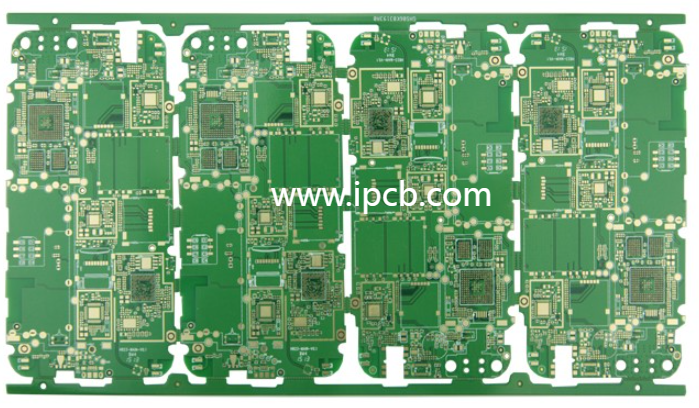- 29
- Jan
Unraveling the Myths of Wiring in PCB Layout: Right-Angle, Differential, and Serpentine
Introduction:
PCB layout is a crucial aspect of high-speed design, directly impacting system performance. Wiring plays a pivotal role in implementing and validating high-speed design theories. In this blog, we will demystify common misunderstandings surrounding right-angle routing, differential wiring, and serpentine lines in PCB layout.
- Right-Angle Routing:Right-angle wiring has long been perceived as a culprit in signal transmission quality. However, a closer look reveals that its impact may not be as severe as widely believed. While right-angle corners introduce parasitic capacitance, the effect is minimal, especially at frequencies below GHz. The rise time change caused by this capacitance is usually negligible.Impedance discontinuity due to right-angle routing does cause signal reflection, but the changes are brief and typically not significant for general signal transmission. Contrary to popular belief, right-angle traces do not necessarily generate more electromagnetic interference (EMI) than straight lines. Test results indicate that any radiation from right-angled traces is often within the margin of error of the testing instruments.
While right-angle routing may not be as detrimental as imagined, attention to detail remains essential. In RF designs beyond 10GHz, small angles may become critical, emphasizing the need for meticulous layout.
- Differential Routing:Differential signals are widely adopted in high-speed design due to their superior anti-interference capabilities, EMI suppression, and accurate timing positioning. However, several misconceptions surround their layout.
- Misunderstanding 1: Neglecting the Ground Plane as a Return PathSome believe that differential signals do not require a ground plane for return path, but this is inaccurate. While differential traces exhibit partial return cancellation on the ground plane, they still primarily use it as the return path. Removing the reference plane can harm signal quality and increase EMI.
- Misunderstanding 2: Prioritizing Equal Spacing over Matching Line LengthAchieving equal line length in a differential pair is crucial, while equal spacing is less critical. Simulations demonstrate that inconsistent spacing has minimal impact, while line length mismatch significantly affects timing and introduces common-mode components.
- Misunderstanding 3: Insisting on Close ProximityWhile close coupling enhances noise immunity, it is not an absolute requirement. Ensuring sufficient shielding from external interference can allow for greater spacing between differential traces, reducing the risk of crosstalk.
In summary, a deep understanding of the differential signal mechanism helps dispel these misconceptions and allows for more effective layout design.
- Serpentine Lines:Serpentine lines, employed for timing adjustment, are often viewed negatively due to their perceived impact on signal quality. To optimize their use:
- Increase the distance between parallel line segments (S) to minimize mutual coupling effects.
- Reduce the coupling length (Lp) to avoid crosstalk saturation.
- Favor Strip-Line or Embedded Micro-strip for reduced signal transmission delay compared to Micro-strip.
- Avoid serpentine lines in small areas, especially for high-speed signals with strict timing requirements.
- Consider alternative routing strategies, such as spiral routing, to improve signal quality without compromising timing.
Serpentine lines serve the purpose of timing matching but lack any inherent filtering or anti-interference capabilities. Understanding their limitations enables more effective use in PCB layouts.
Conclusion:
Navigating the intricacies of PCB layout requires a balanced understanding of various routing techniques. Dispelling myths around right-angle routing, differential wiring, and serpentine lines empowers designers to make informed choices, optimizing signal integrity and overall system performance in high-speed designs.
